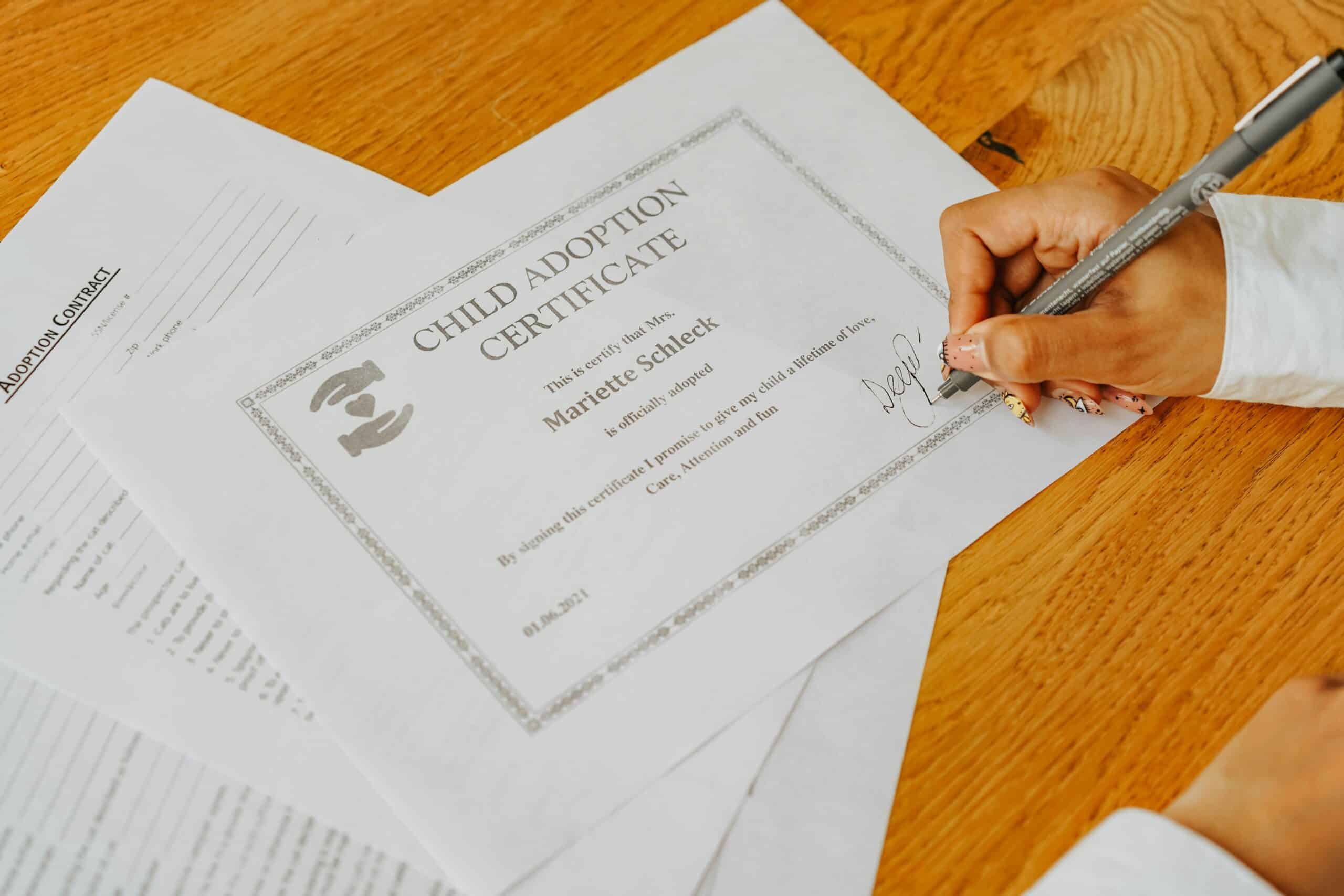Academic transcript translation is one of the most critical steps in your Australian education or migration journey. Whether you’re applying for university admission, professional registration, or a skilled visa, understanding the requirements for NAATI-certified academic transcript translation can save you time, money, and potential application rejection.
This comprehensive guide covers everything you need to know about translating your academic documents for Australian applications.
What is Academic Transcript Translation?
Academic transcript translation is the process of converting your educational records from one language to English by a NAATI-certified professional translator. In Australia, these translations must meet strict standards to be accepted by universities, professional bodies, and the Department of Home Affairs.
Your academic transcripts typically include:
- Course names and descriptions
- Grades and marks achieved
- Credit hours or units completed
- GPA or academic standing
- Dates of study
- Institution details and official seals
When Do You Need Academic Transcript Translation?
1. University Applications
Australian universities require NAATI-certified translations of all non-English academic documents for:
- Undergraduate program applications
- Postgraduate and research degree applications
- Course credit transfers
- Academic scholarship applications
2. Skills Assessment
Professional bodies require certified translations for registration in regulated professions:
- Engineers Australia (for engineering professions)
- Australian Health Practitioner Regulation Agency (AHPRA) for healthcare professionals
- Teaching registration boards
- Accounting and legal professional bodies
3. Visa Applications
The Department of Home Affairs requires NAATI-certified translations for:
- Student visa (subclass 500)
- Skilled migration visas (subclass 189, 190, 491)
- Graduate visa (subclass 485)
- Employer-sponsored visas
4. Employment Verification
Australian employers may require certified translations to verify your qualifications for:
- Professional positions requiring specific degrees
- Government positions
- Positions requiring professional registration
NAATI Academic Transcript Translation Requirements
Essential Elements
A valid NAATI-certified academic transcript translation must include:
✓ Complete translation of all text, including stamps, seals, and signatures ✓ Translator’s certification statement ✓ NAATI credential number and expiry date ✓ Translator’s signature and official stamp ✓ Contact details of the translator or translation service ✓ Date of translation ✓ Accurate formatting matching the original layout
Document Quality Standards
For accurate translation, your original documents should:
- Be clear and legible (no faded text or unclear stamps)
- Include all pages of the transcript
- Show official university seals and signatures
- Be complete (no missing sections or pages)
The Academic Transcript Translation Process
Step 1: Document Preparation
Before submitting your transcripts for translation:
- Request official copies from your university
- Ensure all pages are included
- Check that seals and signatures are visible
- Scan or photograph in high resolution (if submitting digital copies)
Step 2: Upload and Receive Quote
Upload your academic transcript here to receive an instant quote. Our system provides:
- Immediate cost estimate
- Expected turnaround time
- Secure document upload
- Real-time progress tracking
Step 3: Professional NAATI Translation
Your document is assigned to a qualified NAATI-certified translator who:
- Specializes in academic document translation
- Maintains accuracy of technical terminology
- Preserves the original formatting
- Translates all elements including stamps and seals
Step 4: Quality Review
Every translation undergoes rigorous quality checks:
- Accuracy verification against the original
- Formatting consistency review
- Certification statement verification
- Final proofreading
Step 5: Delivery and Download
Once completed, you can:
- Download your certified translation immediately
- Receive both digital and physical copies (if requested)
- Access your translation anytime through your account
- Request additional copies if needed
Academic Transcript Translation Timeline
Standard Service: 2-3 business days Express Service: 24-48 hours (for urgent applications) Complex Documents: 3-5 business days (for lengthy transcripts or rare languages)
Pro tip: Start your translation process early! University application deadlines and visa processing times don’t wait. Last-minute rush fees can add unnecessary costs to your application.
Academic Transcript Translation Cost
Pricing for academic transcript translation typically depends on:
Per Page Rate: $80-$120 AUD per page Rush Service: Additional $30-$50 AUD Certification Fee: Included in NAATI translation Additional Copies: $10-$20 AUD per copy
Factors Affecting Cost:
- Document complexity and formatting
- Source language (rare languages may cost more)
- Turnaround time required
- Number of pages
- Technical terminology density
What Information Must Be Translated?
Essential Information
Every element of your academic transcript must be translated, including:
Student Information:
- Full name as appears on the document
- Student identification number
- Date of birth
Institution Details:
- University name and address
- Faculty or department name
- Official seals and stamps
- Signatures and titles of officials
Academic Records:
- Course codes and names
- Credit hours or units
- Grades and marks
- GPA or academic standing
- Dates of enrollment and completion
Administrative Elements:
- Issue date
- Document reference numbers
- Certification statements
- Watermarks or security features
Common Academic Transcript Translation Mistakes
1. Using Non-NAATI Translators
Many applicants waste time and money on translations that aren’t accepted by Australian institutions. Always verify your translator is NAATI-certified by checking the official NAATI directory.
Consequences:
- Application rejection
- Missed deadlines
- Additional costs for re-translation
- Visa processing delays
2. Incomplete Translations
Skipping stamps, seals, signatures, or administrative notes leads to rejection.
Common omissions:
- University seals and stamps
- Registrar signatures
- Document issue dates
- Page numbers
- Watermarks or security features
3. Poor Quality Document Copies
Faded, unclear, or low-resolution documents result in:
- Inaccurate translations
- Delayed processing
- Rejected applications
- Need for re-submission
Solution: Always provide high-quality scans (minimum 300 DPI) or clear photographs with good lighting.
4. Translating Outdated Transcripts
Some institutions require transcripts issued within a specific timeframe (typically 6-12 months).
Best practice: Request a current official transcript from your university before translation.
5. Missing Certification Elements
Translations without proper NAATI certification elements are automatically rejected.
Required elements:
- NAATI stamp and credential number
- Translator’s signature
- Certification statement
- Contact information
6. Incorrect Name Spelling
Name inconsistencies between documents can cause serious problems.
Ensure:
- Names match your passport exactly
- Middle names are included if shown on original
- Name order follows the original document
Academic Transcript Translation for Skills Assessment
Engineers Australia Requirements
- NAATI-certified translation of all academic documents
- Course descriptions and syllabi translations
- Translations must be recent (within 12 months)
- All pages must be translated, including covers
AHPRA Requirements
- NAATI-certified translations mandatory
- Must include all pages of transcripts
- Original language documents must be provided alongside translations
- Translations must show all clinical or practical components
Teaching Registration Boards
- NAATI certification required for all states
- Detailed course content translations
- Practicum and teaching experience documentation
- Professional references may also require translation
Accounting Bodies (CPA, CA ANZ)
- NAATI-certified academic transcripts
- Course outlines showing content coverage
- Translations of professional certifications
- Work experience documentation
Academic Transcript Translation Quality Checklist
Before submitting your translated transcript, verify:
☐ All text is translated, including headers, footers, and stamps ☐ NAATI certification statement is present ☐ Translator’s credentials are clearly shown ☐ Formatting matches the original document ☐ Names and dates are accurate ☐ Contact information for the translator is included ☐ Document is clear and legible ☐ All pages are included and numbered correctly
Why Choose Professional Academic Transcript Translation Services?
Guaranteed Acceptance
Professional NAATI-certified translations are accepted by:
- All Australian universities
- Department of Home Affairs
- Professional registration bodies
- State and federal government agencies
Expert Quality
Professional translators provide:
- Accurate technical terminology
- Proper academic formatting
- Complete certification documentation
- Quality assurance processes
Time Efficiency
Professional services offer:
- Fast turnaround times (24-48 hours standard)
- Express options for urgent applications
- Online submission and delivery
- Real-time progress tracking
Cost Effectiveness
Avoid costly mistakes:
- No re-translation fees
- No application rejection delays
- No missed deadlines
- Transparent pricing with no hidden fees
Frequently Asked Questions
Q: How much does academic transcript translation cost?
Academic transcript translation typically costs $80-$120 AUD per page, depending on the source language, document complexity, and turnaround time. Express services may incur additional fees of $30-$50 AUD.
Q: How long does academic transcript translation take?
Standard translation takes 2-3 business days. Express service is available for urgent applications, with most transcripts completed within 24-48 hours. Complex documents or rare languages may require 3-5 business days.
Q: Do I need the original academic transcript for translation?
While you don’t need to send the physical original document, you must provide a high-quality scan or clear photograph. Some institutions may require you to present the original alongside the translation for verification.
Q: Can I use academic transcript translation for multiple applications?
Yes! Once your transcript is translated and NAATI-certified, you can use it for multiple applications to different universities, visa applications, or professional registration bodies. Order additional certified copies if needed.
Q: What if my transcript is already partially in English?
Even if your transcript includes some English text, you still need a complete NAATI-certified translation if it’s issued by a non-English speaking institution. All elements, including stamps and seals in other languages, must be translated.
Q: What if there are errors in my academic transcript translation?
Professional translation services guarantee accuracy. If you notice an error, contact the translation service immediately. Reputable providers will correct genuine errors at no additional cost.
Q: Do all Australian universities accept the same NAATI translation?
Yes, NAATI certification is nationally recognized across Australia. However, always check your specific institution’s requirements, as some may have additional formatting or submission preferences.
Get Your Academic Transcript Translation Today
Don’t let translation delays hold back your Australian dreams! Whether you’re applying for university admission, professional registration, or visa purposes, professional NAATI-certified translation ensures your application proceeds smoothly.
Why Choose Immi Translating Service:
✓ NAATI-certified translators for all major languages ✓ Fast turnaround: most transcripts within 24-48 hours ✓ Accepted by all Australian institutions ✓ Transparent pricing with instant quotes ✓ Secure online platform ✓ Quality guarantee on every translation
Upload your academic transcript now to receive an instant quote and get started on your Australian journey today.
Need help? Contact our expert team for guidance on your specific translation requirements. Your future starts with the right translation!




